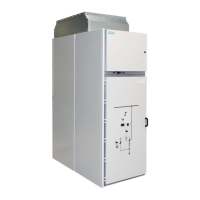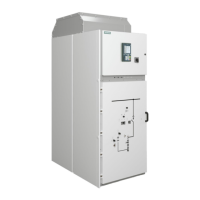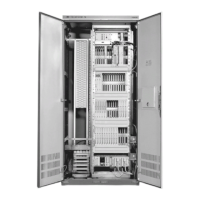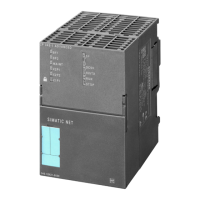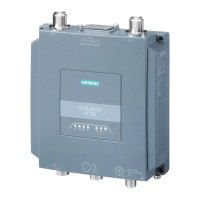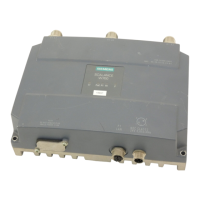What to do if the Siemens NXAIR M Industrial Equipment circuit-breaker cannot be closed?
- EEmily FoxAug 16, 2025
If the circuit-breaker cannot be closed, it may be due to several reasons: * The racking crank for moving the withdrawable part is inserted: Remove the racking crank. * The withdrawable part is in an intermediate position: Rack the withdrawable part to the service or test position. * The spring energy store is not charged: Wait for 15 seconds (if motor-driven) or charge it manually. * The undervoltage release is not energized: Activate the undervoltage release.
